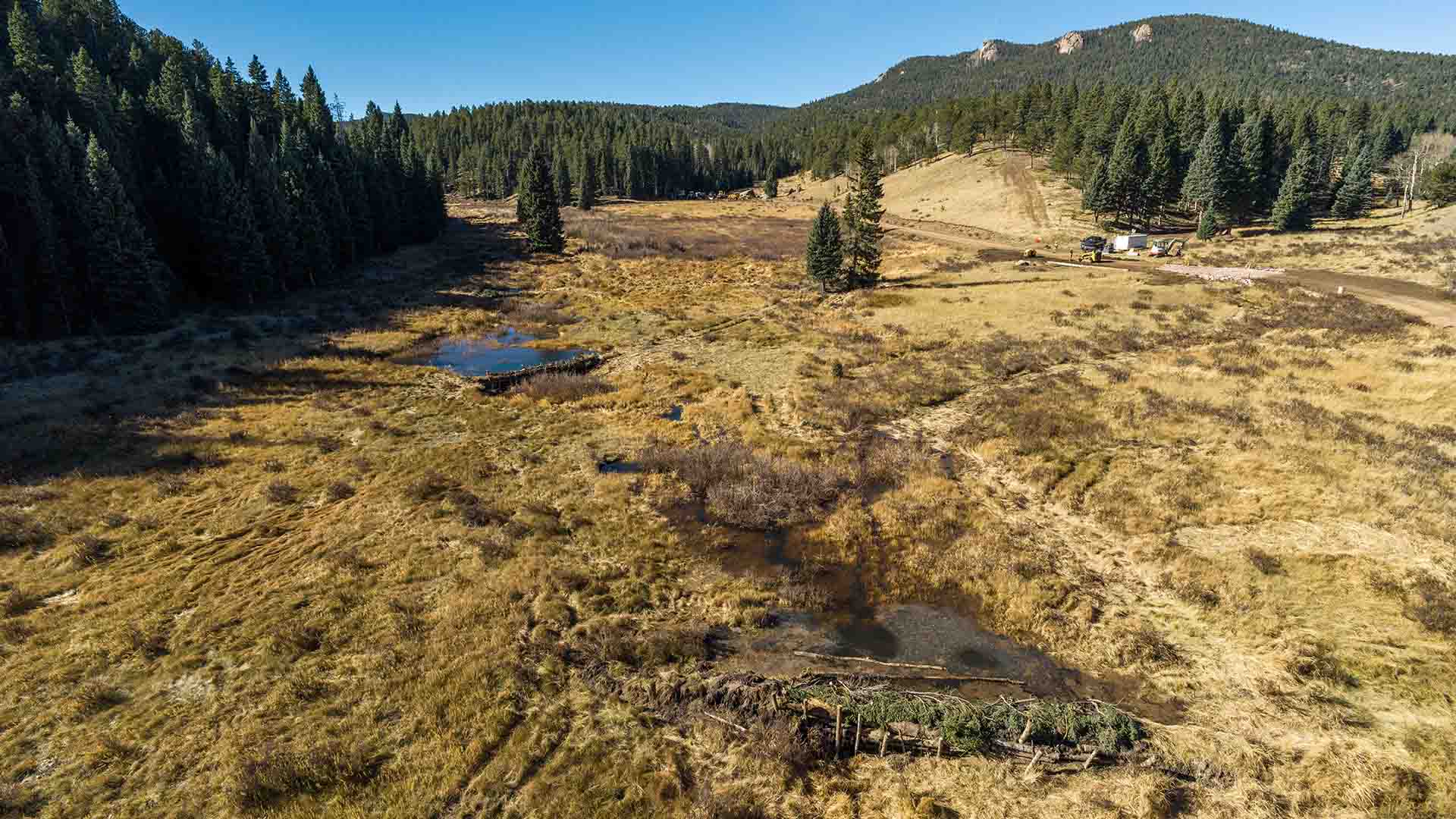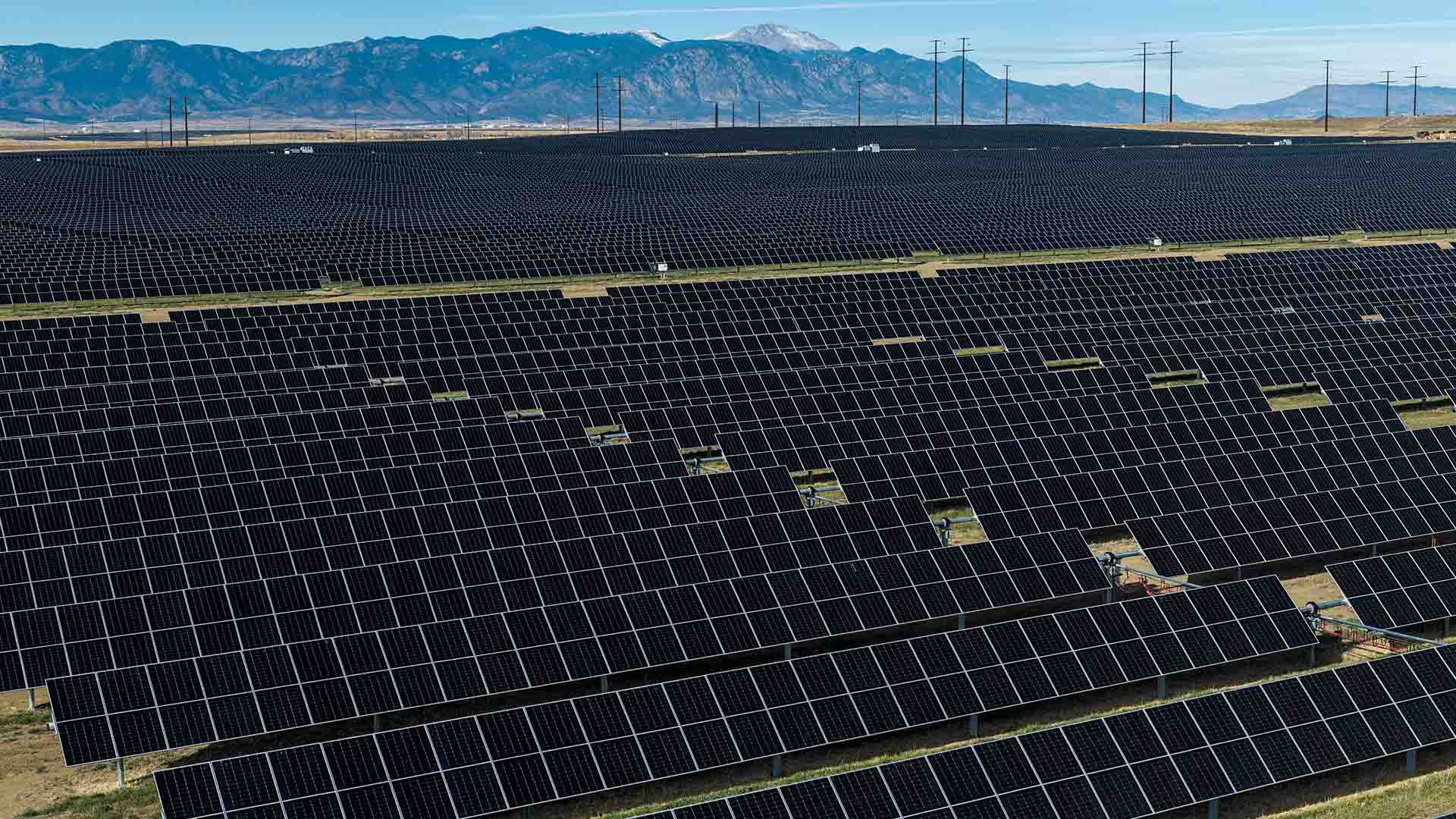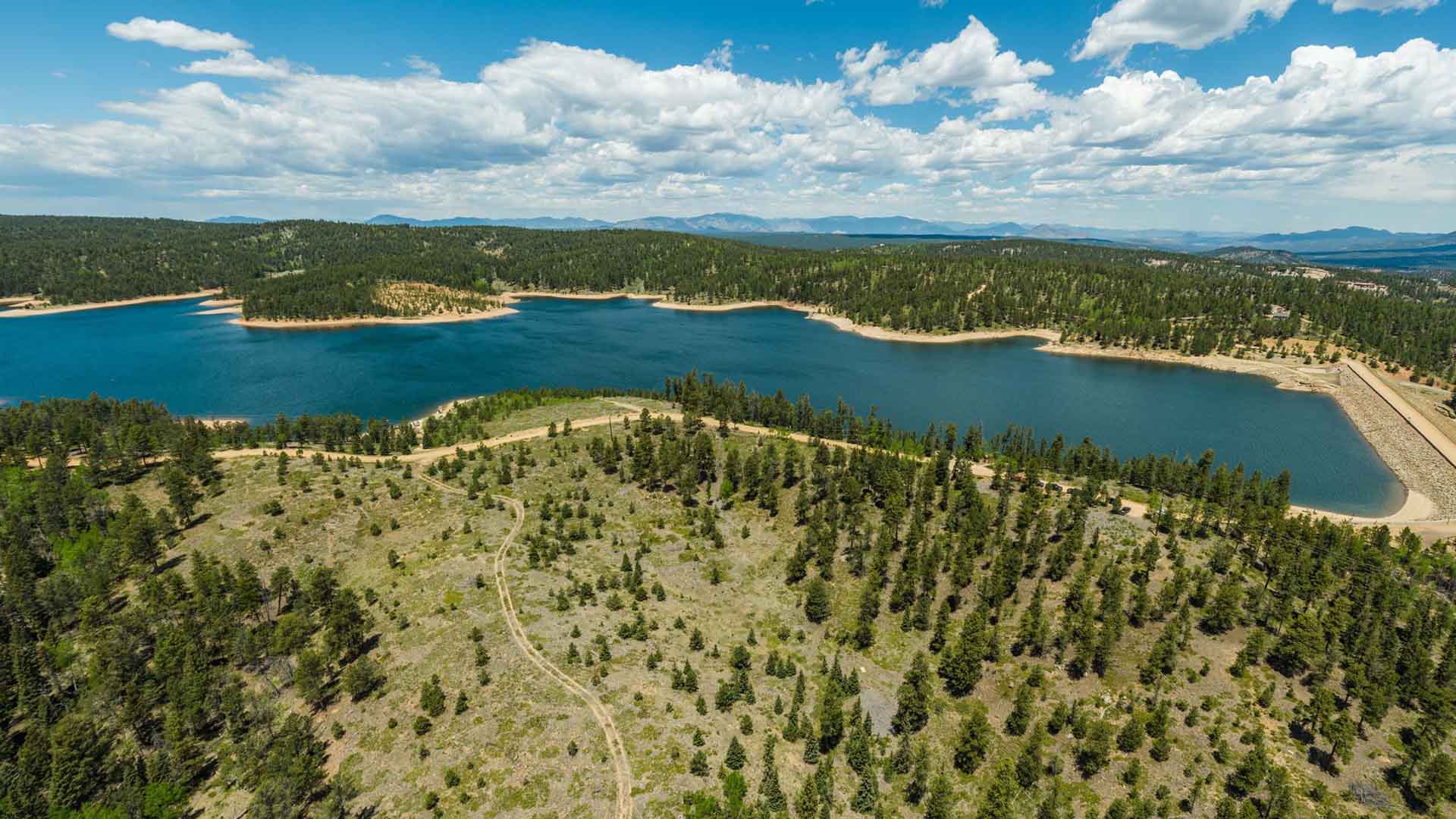
Travas Deal
Duration: 1 minute
Published on February 20, 2025
Recent developments related to power purchase agreements (PPAs) for renewable energy and transmission line capacity are shifting our energy transition strategies moving forward.
RFP results
In October 2023, we fielded Requests for Proposals (RFPs) to explore options for an additional 1,500 megawatts (MW) of new electric generation and up to 200 MW of battery energy storage.
With energy providers around the nation pursuing similar resources, it was extremely important for us to obtain current market prices and timelines for power purchase agreements (PPA), especially for wind and solar. This data is critical as we work to meet state emission reduction requirements in 2030 and beyond.
Since issuing the RFPs, we have received over 200 proposals. Many of the PPA prices are at least 60% higher than expected for wind and 50% higher for solar.
With customers already facing rising energy costs, we cannot ask you to also pay for these inflated contracts, many of which are 20-year-plus agreements, or the projects envisioned to support them.
Cost drivers, timeline challenges and transmission capacity
The inflated PPA costs are attributable to several factors: a congested supply chain, high demand across the energy industry, raw material scarcity and potential tariffs and policy changes proposed by the new administration in Washington, DC. Although these proposed tariffs and policy changes have yet to have full effect, vendors have preemptively included the anticipated increases in their pricing models.
These factors have not only increased renewable energy project prices, but they have also pushed out project completion timelines; with some completion dates several years into the future.
Limited transmission line capacity is also adding significant cost to delivering power from these projects to our local electric grid. Overcoming this challenge would require major investments in new transmission lines or significant upgrades to existing ones.
These extended timelines and capacity issues do not align with our projected needs.
Regulatory uncertainty
While federal regulations are in flux due to a new presidential administration, Colorado’s regulatory requirements are more certain. As we navigate these diverging regulatory landscapes, we will continue to work proactively with state and federal policy makers to identify solutions that meet our reliability needs and protect your interests.
Next steps
- We are assessing alternative paths, which will include getting customer and Utilities Board input and direction on resource options as we update our Sustainable Energy Plan.
- While many of the PPAs will not be signed, a solar and battery energy storage contract will be pursued.
- We will continue to enhance and extend the life of our existing assets to meet reliability expectations, manage costs and support the community’s economic health.
- We are exploring energy resource and transmission partnerships with other utilities, but those will take time to develop.
- Our entry into the Southwest Power Pool (SPP) Regional Transmission Organization (RTO) in 2026 will significantly expand our access to regional energy resources and transmission line capacity. This expansion will occur at a much faster pace and lower cost than if we were to secure these resources ourselves.
- Despite the status of the RFPs, our five-year financial plan does not change as related to energy investments. We must continue to modernize our electric grid and resource mix to meet evolving state regulations and changing customer needs.
- We will work proactively with state and federal policy makers to identify solutions that meet our reliability needs and protect our community's interests.
We remain steadfast in our commitment to deliver cleaner energy to you. However, we must be mindful of the timing and associated costs to ensure we do what's best for the entire community.







